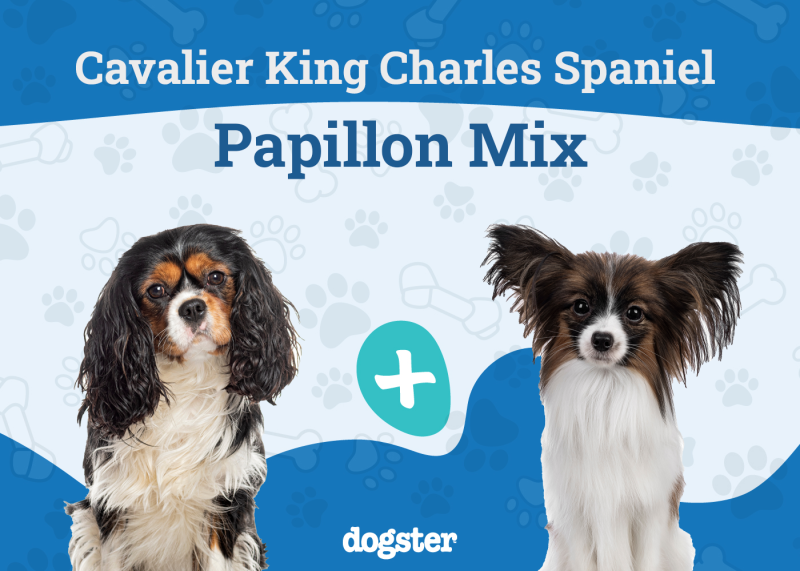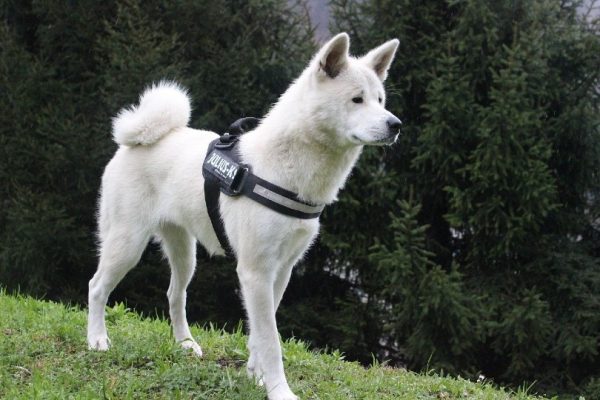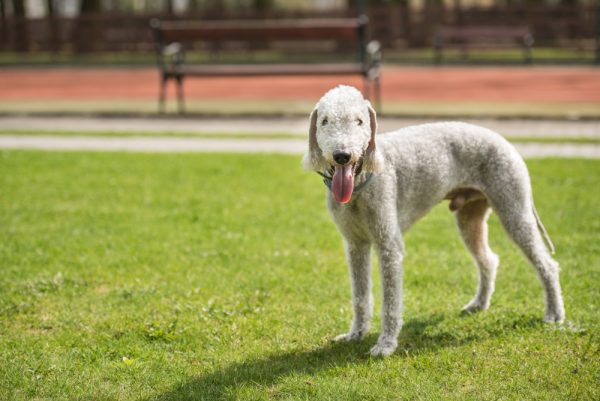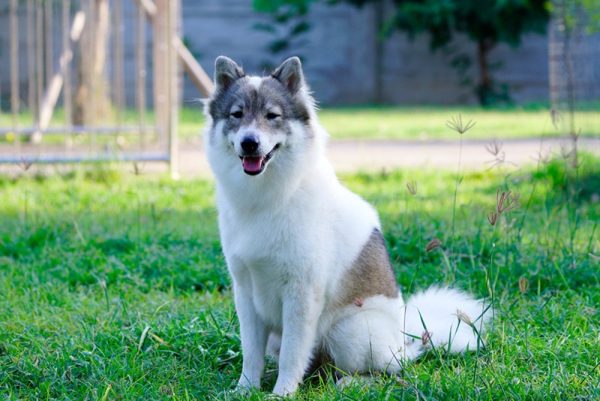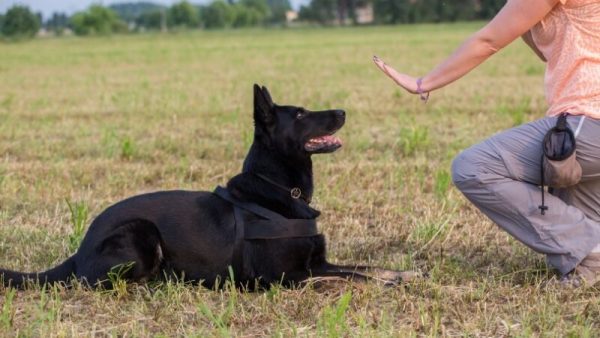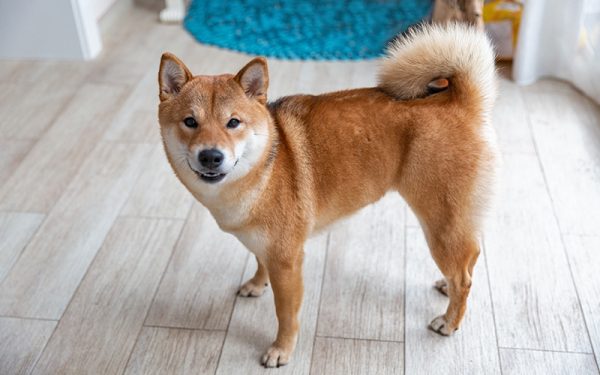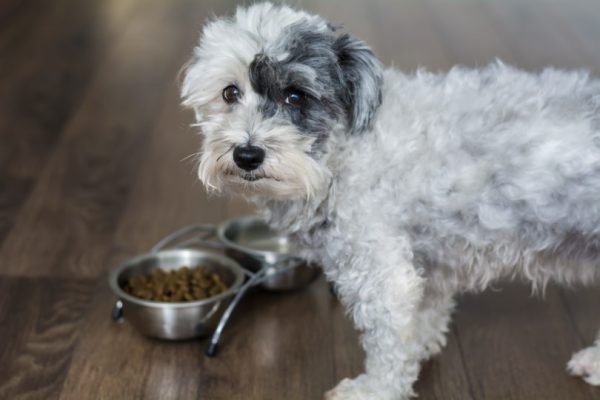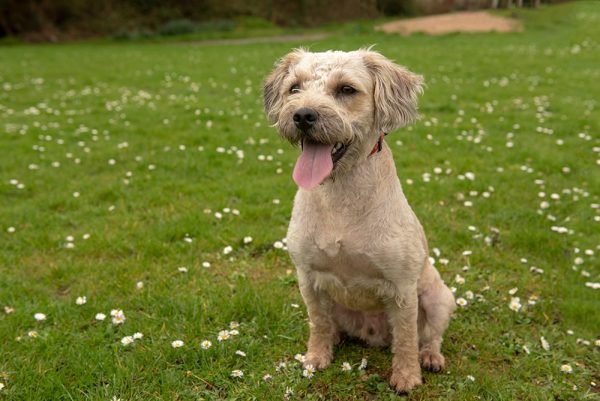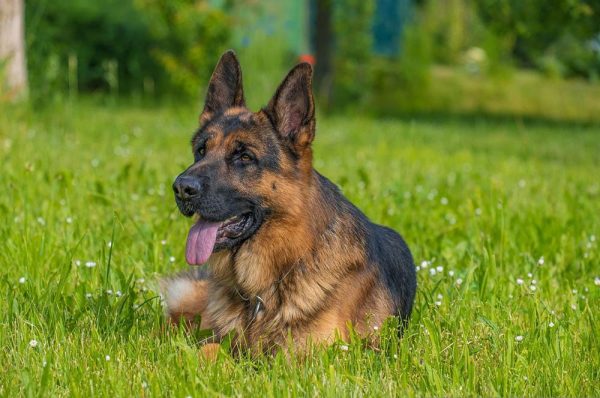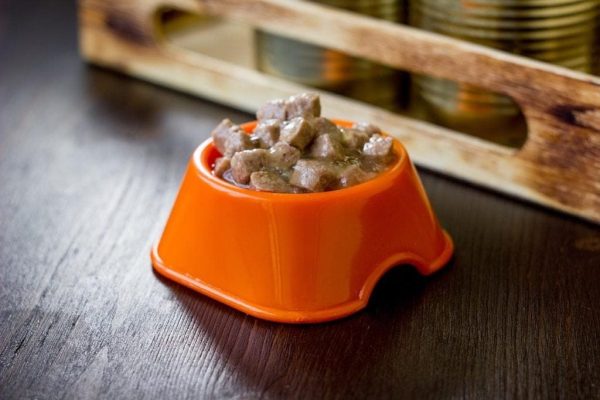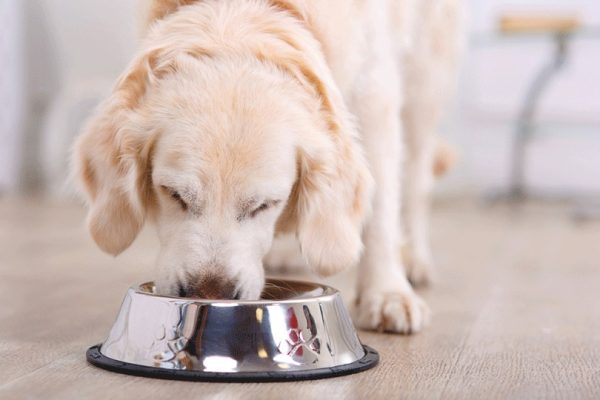In this article
View 8 More +If you are looking for an excellent working dog for your ranch but can’t decide between the loyal Dalmatian or the tenacious Blue Heeler, why not choose a mix of the two? The Dalmatian Heeler shares their parents’ endurance, intelligence, loyalty, and a beautiful mixture of their unique fur colors.
Energetic and happy to work, the Dalmatian Heeler needs an active owner who can keep up with them. This guide will tell you more!
Breed Overview
Height:
17–24 inches
Weight:
35–70 pounds
Lifespan:
11–16 years
Colors:
White, black, red, blue
Suitable for:
Active families, experienced dog owners, working ranches, horse owners, homes with a large yard
Temperament:
Alert, active, aloof toward strangers, easy-going, loyal, protective, stubborn, affectionate
A gorgeous mix of the Dalmatian and the Blue Heeler—or the Australian Cattle Dog, as they as also known—the Dalmatian Heeler is a loyal breed. They are hardworking and stubborn but also sensitive and affectionate. Depending on the parent that they take after, they might bond with one person, like the Heeler does, or befriend the whole family, like the Dalmatian does.
They’re not just a ranch dog. The Dalmatian Heeler is also an excellent watchdog and is naturally wary around strangers. They need socialization, obedience training, and plenty of exercise to keep them out of mischief.
Dalmatian Heeler Characteristics

Dalmatian Heeler Puppies
Starting on the right foot with your new Dalmatian Heeler will stand you in good stead for teaching them to be well-behaved dogs when they’re fully grown. They need to learn how to control their herding instincts and their protectiveness to avoid situations where they might make other people or pets uncomfortable.
The puppies do tend to nip at whatever they want to herd due to their Heeler ancestors. They might nip at you, your children, strangers, or other pets. This technique is used to herd cattle but for people, children, or animals that don’t understand the behavior, it can be unnerving and shouldn’t be encouraged. The socialization and training that these dogs need, along with their high energy, require an experienced dog owner with plenty of time and patience.
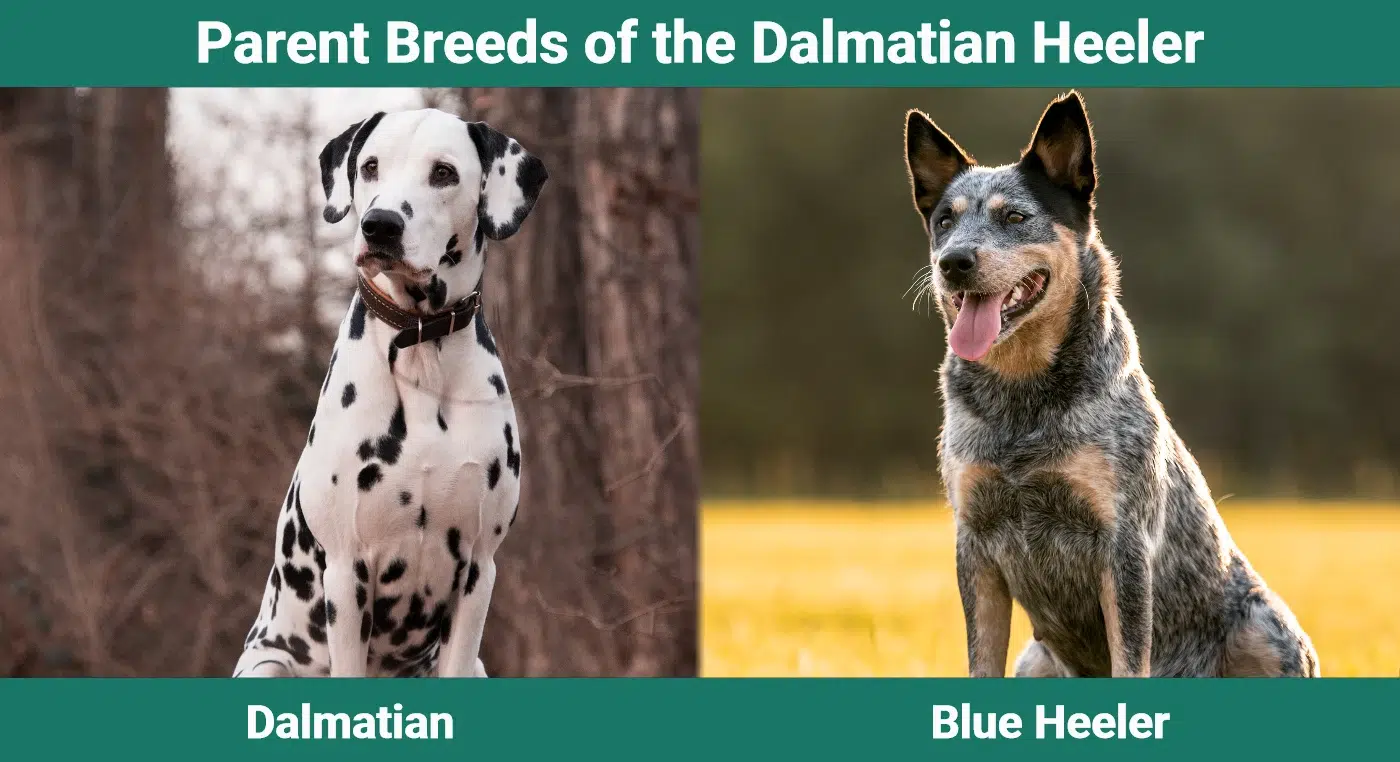

Temperament & Intelligence of the Dalmatian Heeler 🧠
Dalmatians and Blue Heelers are both highly intelligent working dogs. They love having something to do and are always on the go. As such, they need families that are active and dedicated to taking care of their needs. Their mix, the Dalmatian Heeler, is also not a dog for the faint of heart. They can be sensitive but stubborn due to their Dalmatian heritage or fond of one person over the rest of the family, like the Blue Heeler.
Most of all, the Dalmatian Heeler is aloof toward strangers but loyal to their family members. They’re affectionate, and their protectiveness makes them an excellent watchdog. With plenty of physical and mental activity, the Dalmatian Heeler mix is an adoring family companion.
Are These Dogs Good for Families? 🏡
As with most mixed breeds, whether the Dalmatian Heeler is well suited to family life depends on which parent they take after more. While both the Dalmatian and the Heeler get along well with families, the Heeler in particular is often a one-person dog. They are more likely to bond strongly with one member of the family, so they might be better suited to single households. Dalmatian Heeler puppies that take after their Heeler parent might inherit this temperament too.
In most cases, the Dalmatian Heeler is well-suited to family life. You do need to be prepared for their energy levels, though, and they don’t match with every household. That said, if you’re always out and about or have a working ranch, these dogs are wonderful co-workers and companions.
Does This Breed Get Along With Other Pets? 🐶 😽
Generally, the Dalmatian Heeler is a friendly breed. They do need to be socialized due to the natural wariness that they have toward strangers. The herding instincts that they inherit from their Blue Heeler parent can also lead to your puppy nipping at other pets or trying to herd them. While this isn’t meant to be aggressive, some pets—and human guests—can feel threatened by the behavior.
Both the Dalmatian and the Heeler are naturally protective, so the Dalmatian Heeler can be a fine companion to animals that they grow up with and befriend. You should always take steps to introduce a new pet to the family as calmly as possible to help the meeting go well.

Things to Know When Owning a Dalmatian Heeler
There’s more to being a dog owner than choosing a puppy; you also need to know how to properly take care of them. The Dalmatian Heeler is a highly active crossbreed and requires training to manage their behavior. With the right owner and care, though, they will thrive and show their appreciation with boundless amounts of loyalty.
Food & Diet Requirements 🦴
For feeding your pet, you should choose a high-quality formula that’s aimed at your dog’s age. The Dalmatian Heeler will benefit from plenty of protein due to their energy levels but will also need a suitable diet when they’re puppies. They’re medium-sized dogs, and food tailored to their breed size will help ensure that they’ll have the nutrients that they need to develop properly.
As long as you follow recommended recipes from a veterinary nutritionist, you can also feed homemade dog food to your Dalmatian Heeler. Use high-quality ingredients, and always make sure you supply all the necessary nutrients and make adjustments based on treats and activity levels.
If you need to speak with a vet but can't get to one, head over to PangoVet. It's our online service where you can talk to a vet online and get the personalized advice you need for your pet — all at an affordable price!
Exercise 🐕
The Dalmatian and the Heeler were both developed for endurance. While the Dalmatian needed to keep up with horse-drawn carriages and fire wagons, the Heeler needed to be able to travel long distances following cattle. This stamina and energy levels mean both breeds can be difficult to keep up with.
The Dalmatian Heeler is more than happy to run around all day if given the choice. You’ll need to manage their energy levels by taking them on long walks or runs, both in the morning and the evening, with plenty of playtime in between.
Don’t forget to give them jobs to do throughout the day. Physical activity will keep them moving, but they’re highly intelligent, so you’ll need to keep them thinking too.
Training 🦮
Training is the perfect way to ensure that your Dalmatian Heeler grows up to be a well-behaved dog. It also enables you to get to know them better and keep them active both mentally and physically.
The Dalmatian Heeler needs an experienced owner who’s familiar with keeping up with high-energy and intelligent dogs. They can be sensitive due to their Dalmatian parent and dislike harsh corrections. Their stubbornness, however, requires a firm but gentle hand. Short and sweet training sessions, with praise in the form of treats or playtime, are ideal for these dogs.
The Dalmatian and the Heeler are both naturally wary of strangers despite their friendliness toward their owners. Socialization through puppy classes and visiting the dog park can work wonders for Dalmatian Heelers, especially when they’re young.
Grooming ✂️
There are two coat types that a Dalmatian Heeler can have. They can have a single coat like the Dalmatian or a thicker, double coat like the Heeler. Both types are short and relatively easy to manage, though they do shed throughout the year.
The short, glossy fur can be easily managed with a bristle brush to redistribute the natural oils or with grooming mitts to remove loose fur. The Dalmatian Heeler is an active dog and loves to be outside. Brushing them will remove dirt and other debris trapped in their fur.
Regular grooming sessions also give you the chance to check on your dog’s health. They can be susceptible to skin allergies, and their Dalmatian heritage makes them prone to deafness. Check their skin and ears on a regular basis. Their teeth need to be brushed and their claws trimmed too.
Health and Conditions ❤️
The biggest concerns when it comes to the Dalmatian Heeler are conditions that they might inherit from their parents. These should be screened for by the breeder before you purchase a dog. Overall, though, the Dalmatian Heeler is hardy and long-lived.
As a mixed breed, they benefit from the genes of two well-established pedigree dogs and are generally healthier than their parents. However, this doesn’t make them immune to the common problems that their parent breeds are prone to. For example, they can inherit deafness like the Dalmatian or suffer from progressive retinal atrophy like the Heeler.
- Deafness
- Kidney and bladder stones
- Skin allergies
- Hip dysplasia
- Progressive retinal atrophy
- Epilepsy
- Dilated cardiomyopathy

Male vs. Female
There are few differences between male and female Dalmatian Heelers. While it’s recommended that you get the opposite sex if you’re introducing a new dog to a Dalmatian Heeler already in your family, it ultimately comes down to personal preference.
Temperament-wise, the Dalmatian Heeler can take after either the Dalmatian or the Heeler the most. Due to this variance in personality, it can be difficult to determine whether a female or male would be friendlier or easier to train. No matter which dog you choose, though, you will need to prepare for an active puppy that needs plenty of things to do to stay happy.

3 Little-Known Facts About the Dalmatian Heeler
Most hybrid breeds are still new, so compared to the pedigree dogs that they’re descended from, the Dalmatian Heeler doesn’t have nearly as much history to their name. Still, they’ve been around long enough to have a few interesting facts.
1. Their Parents Are Both Descended From Dalmatians
Since one of the Dalmatian Heeler’s parents is a Dalmatian, the tie to everyone’s favorite spotted dog is an obvious one. There’s a more intriguing link to Dalmatians, though. The Blue Heeler is descended from Dalmatians too.
In the 1800s, the need for a high-endurance cattle dog meant that the original Australian breeds needed to draw on the strengths of other dogs. Besides being crossed with the Scottish Highland Collie for their herding ability, the original Australian Cattle Dogs were also bred with Dalmatians.
The Blue Heeler that we know today gets their endurance, loyalty, and protective nature from their Dalmatian ancestors. They’re also born completely white, no matter what color their fur ends up being, just like Dalmatians.
2. They Need a Job to Do
A Dalmatian Heeler is not a good match for a lazier family. With Dalmatian ancestry on both sides, they have an almost endless amount of energy.
This stems from the Dalmatian’s history as a carriage dog. They needed the stamina to keep up with the horses and their wagons and the endurance to protect the wagon while traveling. As fire dogs, they needed to run with the wagon, clear the road, and then protect the horses while the firefighters worked.
These traits give the Dalmatian, the Heeler, and their mixed puppies incredible amounts of stamina. They are energetic and always ready for more. This is why you must give them enough to do so they don’t start to feel bored. Fortunately, the Dalmatian Heeler excels at all sorts of tasks, including obedience, herding, guarding, and even hunting.
3. One of Their Ancestors Is the Dingo
An intriguing ancestor on the Blue Heeler’s side of the Dalmatian Heeler isn’t a domesticated dog at all. The Dingo is a feral Australian breed that was frequently crossed with the original Australian Cattle Dogs and Collies as efforts were made to develop a good cattle dog. Before Dalmatians were added into the mix and the Blue Heeler came into their own, their ancestors were crossed with Dingoes too.

Final Thoughts
Dalmatian Heelers are wonderful dogs that have the best parts of their parents combined into one package. They are smart, energetic, and fiercely loyal. These dogs are also excellent working animals and are perfect if you have a working ranch. They can herd cattle due to their Heeler bloodline and adore horses like their Dalmatian ancestors. Both breeds are naturally protective, so these dogs are excellent guardians.
Don’t be fooled by their friendly, easy-going nature toward their family, though. They need a job to keep them busy and will get bored without something to do. Dalmatian Heelers have a great deal of stamina and will feel stifled in a too-small or quiet home. When given the chance to prove their skills, this hybrid breed will flourish and reward you with loyal companionship and affection.
See also:
- Australian Terrier: Dog Breed Info, Pictures, Traits & Care
- Bearded Collie: Dog Breed Info, Pictures, Facts & Traits
Featured Image Credit: PeakPx



